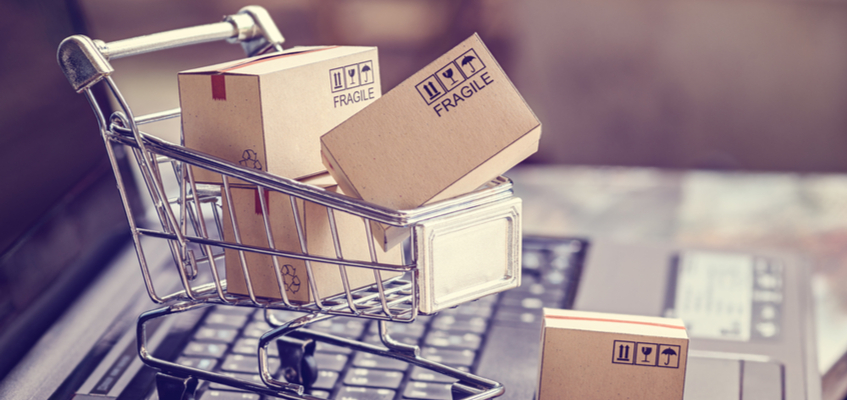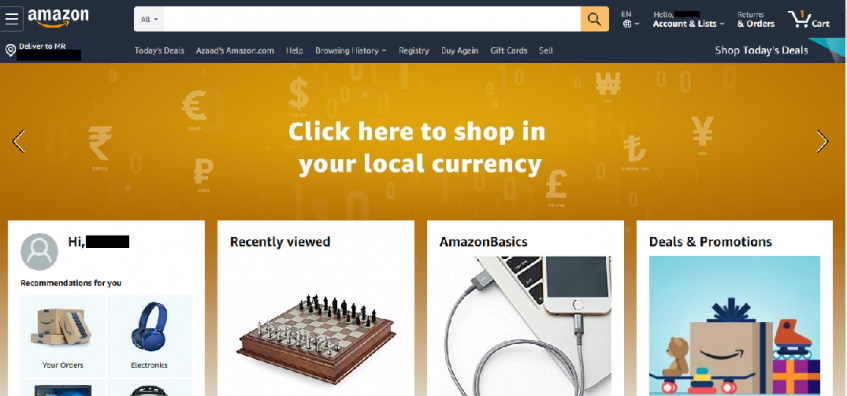
5 eCommerce Trends to Look Out for in 2020
Editor’s Note: This is a guest post by Joachim Sebastian, founder of Everpeaks
Much like for everything else, trends exist and continue to change in the eCommerce world. eCommerce is bigger than ever before, and sellers have to keep improving their strategy and approach to stay in the game, as customers become more and more savvy. The only thing faster than the growth of the online retail space are the trends that follow, and if you snooze, you lose. Here are five trends that are expected to keep growing in 2020.
1. Diversifying of Marketplaces
Five years ago, most sellers only sold on their own website, or on bigger, more popular marketplaces like eBay. Other marketplaces either weren’t available in their region or were not popular enough. Today, there are a ton of fully functional marketplaces to choose from; even social media platforms have their own marketplaces, and buyers are getting acquainted with every one of them very quickly. As a seller, you want to be able to expand your reach across all marketplaces, because this trend is expected to grow even stronger this year. As part of your expansion plan, you might want to consider penetrating marketplaces in other regions through export ecommerce too.
2. Care for the Environment, and Support for Social Causes
Consumers today are more aware of how their purchases directly or indirectly affect the health of the environment, and social wellbeing of people from around the world. Plenty of information is available online about how impactful the choices we make are, and a growing number of people are dedicated to spending their money only on sustainable, and environmentally and socially friendly products and brands.


Going green is one of the best trends to exist today, and it’s definitely the right time to get on board.
3. Easy-Payment Schemes
In case you haven’t noticed, more brands and sellers are incorporating easy-payment schemes into their checkout. Buyers no longer need to fork out a lump sum of money for expensive products, but are instead offered the flexibility of making payments over a certain duration – 6 months, 12 months, 18 months, etc. If your store sells expensive products, you need to have a flexible payment option. Many local banks and payment gateway merchants have also dived in and are championing the easy-payment schemes through the marketplaces they work with. If you still don’t have an easy-payment option for your store, there are plenty of merchants to choose from, so find one that suits your needs and sign up!
4. Personalized Online Shopping Experience
According to a study by BCG, having a personalized shopping experience made customers 110% more likely to add more stuff into their carts before checking out. A personalized shopping experience creates a relationship between the seller/brand and the customer. It is as if the seller/brand understands what the customer wants, and is able to recommend relevant products. When a connection is built between the merchant and consumer, the consumer is highly likely to come back to the same merchant for more purchases. A great example of a personalized shopping experience can be found when you register yourself as an Amazon buyer. The site greets you by name, showcases products that are related to your purchase and search history, recommends promotional items that you may like, and even shows you items that you recently viewed.


Some categorize Amazon’s personalized shopping experience as state of the art.
5. User-Generated Content
User-generated content (UGC) is another growing trend, and with valid reasons. UGC is basically content that is willingly created by consumers, that benefits the brand and seller. Examples of UGC are product reviews on marketplaces or sharing of images and videos of the product on social media, that are reshared by the brand on their own social platforms. Many brands have adopted the concept of UGC because it humanizes the brand, and gives its customer base a sense of belonging. An example of a big brand successfully utilizing UGC is every contest created by Starbucks, such as the #redcupcontest from 2015.


Customers shared their most creative image of the Starbucks limited edition red cup with the hashtag #redcupcontest for a chance to win a prize, subsequently marketing the brand and product. A brilliant campaign.
Conclusion
Trends change extremely fast and all the time, and it is important for you as a brand owner or seller to keep yourself updated with everything that’s going on. While not every trend will work for you, you should still study and understand the mechanics of each trend, and why it works better than others. Once the habit of catching on is developed, you will be quick to realize the subtle shifts in future trends, giving you the upper hand of strategizing more effectively.
Selling or planning to sell on Amazon? Join our Payoneer webinar about Amazon Advertising Strategies for 2020. Learn advertising hacks from our expert speaker Davide E. Nicolucci by clicking the link below and signing up:
Need a payment gateway that is both flexible and secure? Get Payoneer. Click on the link below to sign up!
Sign up for a Payoneer account






